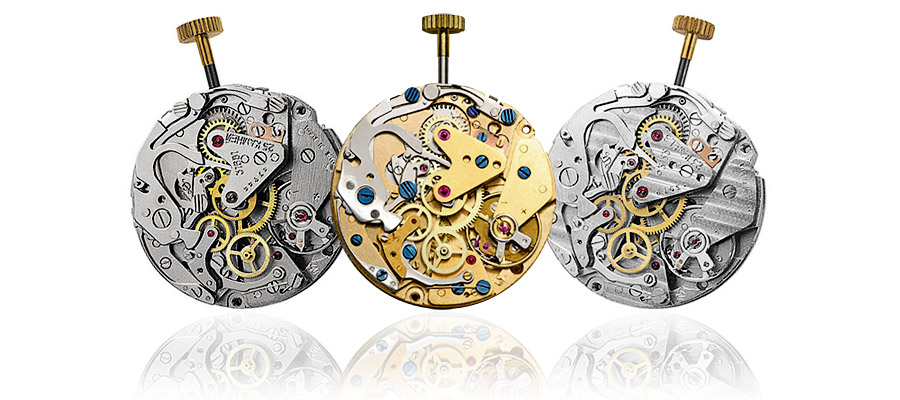I have become pretty knowledgeable about watches in a relatively short time thanks in no small part to your wonderful site. But movements are still largely over my head. I understand that such technical knowledge comes with experience over time, but I would like more guidance. For example, I would like to be able to compare side by side many watches using the same ETA (or other) movement, but I have not yet found an internet source that quite achieves this. Prices often vary substantially between watches with the same machinery inside. So what characteristics make certain movements particularly good? And why specifically are Japanese (and others) so much cheaper? So I know there are many variables, but I am trying to phrase this in the form of a question, like on Jeopardy... As a relative novice, what should I look at in a watch's movement?There is no straight-forward answer to this because for one thing the answer depends on what you value in a watch movement. Some people want the most accurate movements, some people want the most complicated. Others want the most beautifully decorated movements, while others want those that will work and work for years to come. Few movements are able to incorporate all of these things.
Having said that there are a few things that we can state. Also, we aren't watch makers so we can't go ultra in-depth comparing machine to machine as that level of insight isn't our forte. Swiss ETA movements produced by the Swatch Group are mostly excellent. From a sheer quality perspective these are hard to match. They may be common, they may not all be complicated, but they are durable and mostly very reliable. ETA produces a huge volume of movements each year, and has had decades to work out small issues in them in order to make some of the best mass-produced mechanical movements around. All things equal, they are fantastic.
To a large degree, those same qualities apply to Rolex movements, which are known to be accurate, dependable, and easily serviced. Something that is very important to know is that mass produced movements that do the same thing (say, three hand with date) but made from different companies are going to be technically very similar. In a way, it is like a car engine. If three movements are designs with the same functions and require the same level of performance - assuming they each use the same technology, how different are they actually going to be? In reality, not very different at all.
Then you have lower production and exotic watches. As a rule, the
lower the production, the more expensive the movements are going to be.
That is because the producer cannot earn revenue with volume and must
recoup their investment on a limited number of produced items. There is
also less incentive for low-production watches to be properly engineered
or tested. The watch industry is full of horror stories of highly
exotic watch movements not working from day 1 - and then the
manufacturer asking for the clients to pay for the repair of defective
movements. This is not the norm, but it happens a lot.

Japanese movements are cheaper because of their production philosophy. For the most part, if you compare a mass produced ETA with a Miyota the ETA will have a higher level of performance and more attractive parts. But, of course, be much more expensive. Japanese movements are produced much more efficiently, and some of them actually come very close to Swiss performance, even if they don't look as pretty. Japanese movements are often produced outside of Japan where labor is cheaper, while the "Swiss Made" designation requires a more Swiss labor, and the price thereof. Those are some of the reasons that Japanese movements tend to be cheaper.
As you can see, a comparison of movements would be complex, and require a serious level of watchmaking and engineering that few people have. People who buy mechanical watches accept that they aren't as accurate as quartz movements, are more beautiful, and as machines will need to be serviced from time to time. If you are worried about quality and performance, go with brands that use high-grade movements from ETA, or have produced their own movements in-house for a long time offering them the ability to perfect the manufacturing process and work out any kinks in their movements. 745TDBanty 130820
From:http://www.ablogtowatch.com/ask-watch-experts/what-are-the-best-watch-movements/
No comments:
Post a Comment